Top 8 benefits of kanban
- Clear workflow visualization
- Reduced waste
- Increased focus
- More efficiency
- Increased productivity
- More predictable workflows and delivery
- Better collaboration
- Less stress and burden on employees
Kanban has a long history of improving workflows — and sometimes even transforming businesses. Developed by Toyota in the 1950s, the kanban methodology played an instrumental role in the company’s rise to success.
Since then, kanban has become one of software developers’ favored methods for managing workflows. In fact, a study by the engineering department at California State University, East Bay found that kanban helps users manage project schedules better than other agile workflow methods, like scrum. The researchers concluded that kanban creates greater consistency in workflow and other project management factors.
Now, as more industries join the information age, operations, customer support, finance, sales, and marketing departments are also applying kanban methods. As noted in a State of Scrum report from Scrum Alliance, roughly 60 percent of scrum users are also using kanban, which indicates that self-identified scrum teams are using kanban more than scrum itself.
You may be wondering what kanban can do for your organization. Here are some of the top benefits of implementing this type of workflow.
Clear workflow visualization
The central feature of the kanban method is the kanban board. Anyone can glance at a kanban board and instantly understand exactly where a project stands. The board is divided into columns that show the process stages that each item or task (represented by a card) must pass through to reach completion. The placement of kanban cards in these columns shows where each item is in the process.
The simplicity of this visualization also reveals where there are bottlenecks. For example, in a workflow for fixing software bugs, too many issues in process at a given time could indicate that the organization needs to assign more coders to fix bugs — or that they need to prioritize and address a larger problem.
Reduced waste
When Taiichi Ohno first invented the kanban workflow at Toyota, he identified seven types of waste to eliminate from manufacturing processes. Chief among them was waste related to materials, time, and effort.
Today, waste is defined as any action that uses resources without adding value. In knowledge work, the biggest culprits of waste are queuing states (when a worker is switching between tasks) and idle time. Kanban’s design naturally reduces these as much as possible.
Increased focus
The myth that multitasking is an efficient way of working persists — though it couldn’t be further from the truth. The act of splitting attention, also known as context switching, causes workers to waste as much as 40 percent of their time because there’s a cognitive cost every time an employee shifts their focus.
One of the biggest benefits of kanban is its work in progress (WIP) limits, which dictates that one work item must be completed before the employee has the capacity to pull a new one into their queue.
More efficiency
Since teams using a kanban workflow aren’t constantly jumping around between projects and tasks, it’s easier to complete a high volume of items more quickly. Instead of wasting time recovering from context switching, workers actually process more tasks than usual.
In fact, one of kanban’s indirect perks is that it can help workers enter what scientists call a flow state, in which they perform at a higher level with less effort and energy. Kanban emphasizes the flow in workflow.
Increased productivity
Improved performance translates directly to an improved bottom line, demonstrated by two of the most important metrics for success in kanban: cycle time and throughput. In almost every case, kanban makes both better, replacing traditional waterfall workflows. What’s more, kanban allows teams to refine their workflows over time, which means that cycle times get even shorter as teams gain more experience and efficiency.
More predictable workflows and delivery
In any business, time is money, so the less time you take to complete something, the more money you can make. Since kanban workflows process so many items, it’s easy to quickly gather a lot of data about cycle times and reasonably predict how long each process will take.
In programming workflows, for example, teams can estimate an average time frame for fixing a bug, regardless of how complex the issue is. As they track more granular data about specific bugs and how long it takes to fix each of them, it may even be possible to give live updates to customers about progress.
Better collaboration
Kanban flattens hierarchies by making workflows transparent so everyone is aware of the overall process from project start to finish — even if they don’t know how every step is done. This democratizes the ownership of deliverables, leading to higher worker engagement.
Team members must work closely together, looking for signals that it’s time to complete their part of a project, which can lead to greater honesty in communication and deeper collaboration. This, in turn, helps teams revamp workflows and enhance efficiency together.
Less stress and burden on employees
If kanban workflows seem like they might be easier than traditional workflows, that’s because they are. Traditionally, higher-ups plan out work and push it onto teams, regardless of their capacity. Teams with more assignments than they can reasonably handle experience stress, fatigue, and even burnout.
Kanban’s WIP limits, however, prevent employees from going over capacity, as it’s up to them when they pull work into the queue. This creates a much smoother workflow — without any shocks that come from a sudden flood of tasks.
Kanban has been a game changer for modern-day workflows. It builds stronger collaborations among team members, lifts morale, drives greater value, and elevates everyone’s performance. The results of using it include growth, higher quality in products and services, and greater productivity — all achieved through continual improvements across every aspect of an organization and its operations.
In fact, kanban is the basis for kaizen culture, a work philosophy that supports endless cycles of slow and steady change and improvement. These changes create a feedback loop with employees that leads to more changes, benefiting organizations in the long run.
Combining kanban with Jotform
Jotform has all the tools you need to build a strong, kanban-based, automated workflow. The platform allows you to collect submissions from more than 10,000 form templates that you can customize to your organization’s needs.
Combine these forms with the conditional logic capabilities of Jotform Approvals, and they transform into an automated workflow that streamlines support requests, product development, and other approval-based processes. Even better, it integrates with kanban-ready software like Asana and Jira as well as Zapier to connect with KanbanFlow and other leading platforms. In just minutes, you can turn your Jotform form submissions into beautiful kanban boards and take advantage of everything kanban offers.
Photo by Teona Swift


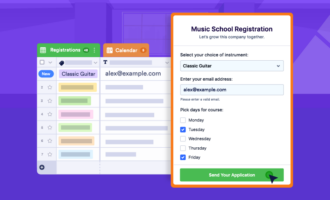








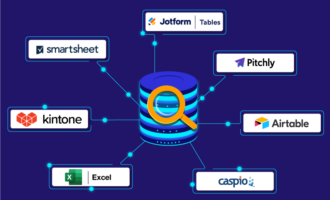



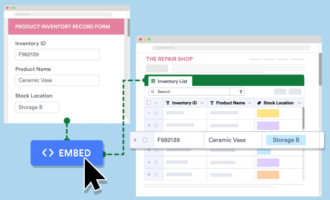

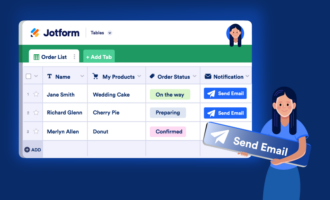

















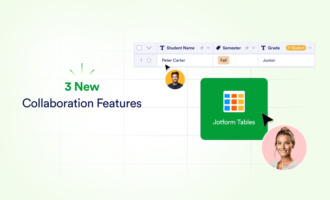















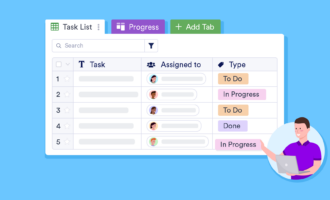
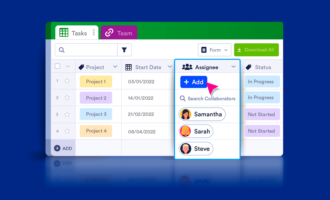
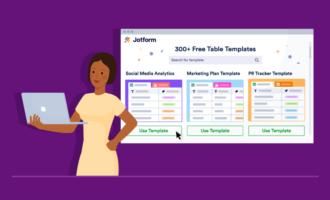














Send Comment: